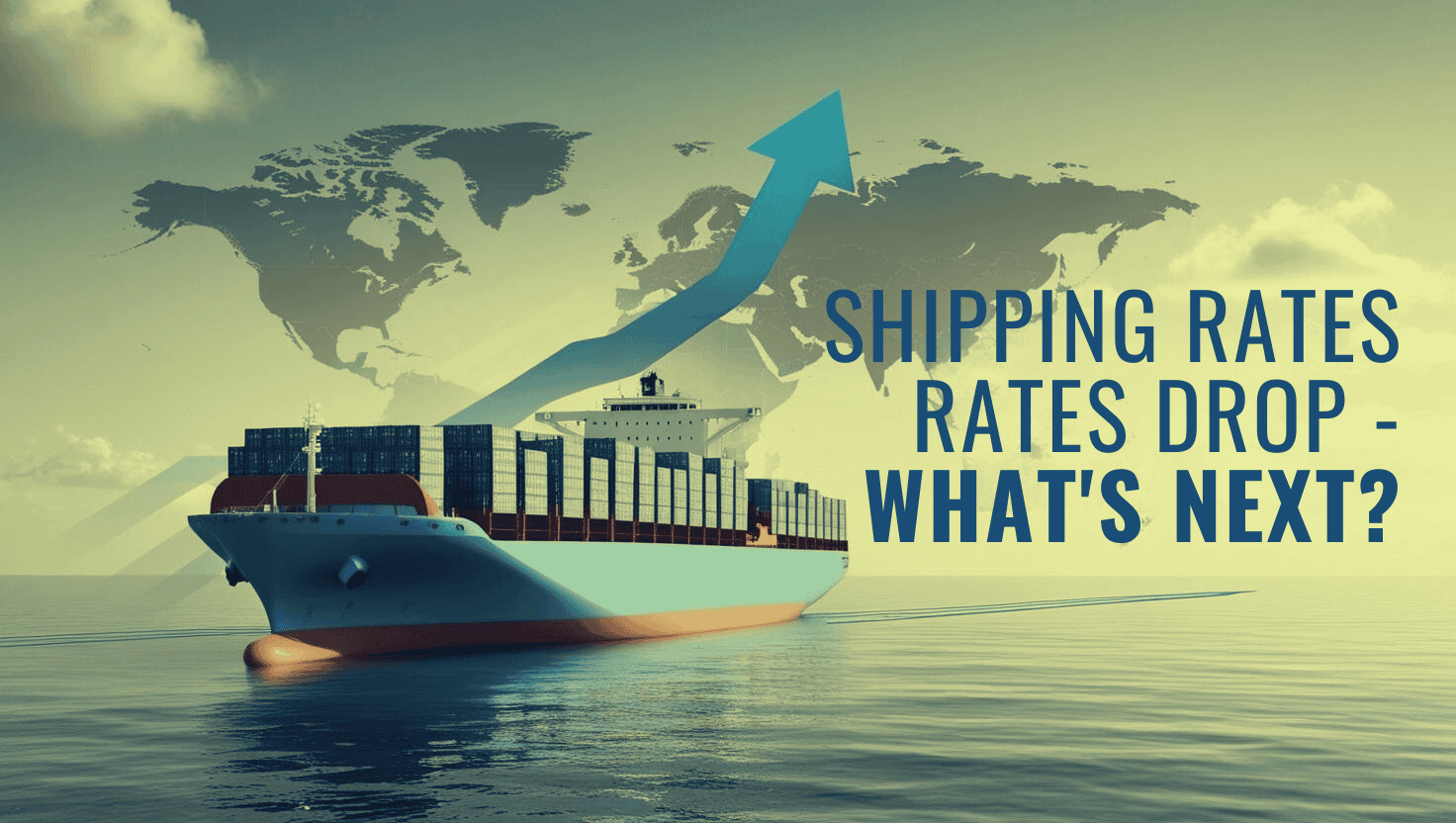March 12, 2025 – Logistics & Shipping News
As annual negotiations between U.S. companies and global shipping giants begin, ocean carriers face several unfavorable factors that could impact their ability to recover logistics costs. The shipping industry, once riding high on soaring freight rates, is now entering a period of increased uncertainty.
Why Are Shipping Rates Declining?
According to Brian Nemeth, Global Co-Head of Logistics & Transportation at AlixPartners, the freight market’s peak season has faded, particularly in the U.S., where costs are stabilizing. However, the European Union remains an exception due to recent tariff threats.
Former U.S. President Donald Trump recently announced a 25% tariff on EU imports and an additional 10% tariff on Chinese goods, raising concerns over global trade flows. These policy shifts have led to market instability, with businesses reassessing their supply chain strategies.
A report from AlixPartners highlights that transpacific eastbound spot rates remained flat through January 2025, signaling weakened pricing power among carriers ahead of historically slow months. The Drewry World Container Index reflects this trend, reporting a 10% drop in 40-foot container rates to $2,795 as of February 20, continuing a steady decline since January.
Market Reactions and Carrier Adjustments
In response to the weakening demand, MSC, the world’s largest shipping company, has suspended its new Asia-U.S. route. Maritime consultancy Vespucci Maritime’s CEO, Lars Jensen, noted that MSC’s decision reflects the broader slowdown in transpacific trade. Freight rates on both the U.S. East and West Coasts have plummeted by 18% in the past week, with Shanghai to West Coast U.S. spot rates dropping from $5,000 at the start of the year to around $2,900.
Despite these setbacks, some shipping companies have maintained strong financial performance. Maersk, for example, reported a 49% increase in freight revenue for Q4 2024. The Danish logistics giant also announced plans to double its ocean division’s capital expenditure from $1.9 billion to $2.7 billion in 2024.
Tariffs, Demand Shifts, and Capacity Challenges
Kent Williams, EVP of Sales & Marketing at Averitt Express, acknowledged that increased tariffs have dampened demand for ocean freight orders. He pointed out that while January and February saw surges in activity—particularly in high-demand markets like Savannah, Houston, and Gulf Coast ports—many businesses are now pausing shipments to assess market conditions.
Another major factor influencing rates is the number of available vessels. Shipping companies have added 162 new ships to maintain trade stability during Red Sea rerouting, which extended transit times by several weeks. If carriers resume passage through the Red Sea, this additional capacity could flood the market and further depress rates.
The Red Sea Factor and Future Market Projections
Although there is no clear indication that Red Sea trade routes will soon reopen, market speculation persists. Some analysts suggest that Trump, if re-elected, may push for a Middle East peace deal that could restore Red Sea access. However, experts remain cautious, noting that geopolitical complexities make a quick resolution unlikely.
Norwegian Cruise Line Holdings CEO Harry Sommer remarked in an interview that achieving peace in the Middle East is a long-term effort, estimating that cruise operations in the Red Sea may not resume until 2027.
Changing Shipping Alliances and Industry Dynamics
The shipping industry is also undergoing structural shifts. MSC, owned by the Aponte family, now operates independently without any alliance partnerships. Meanwhile, the newly formed Gemini Cooperation between Hapag-Lloyd and Maersk launched in February, marking a significant shift in global shipping partnerships. According to Alphaliner, such alliances currently control over 81% of global container capacity, influencing service reliability and market stability.
What This Means for HAI International Holding Clients
For importers and exporters relying on HAI International Holding, the evolving market presents both risks and opportunities. Lower freight rates can reduce logistics costs, but businesses must stay agile in adapting to fluctuating tariffs and capacity shifts. HAI International Holding Shipping provides expert guidance on securing competitive shipping solutions, optimizing trade routes, and navigating global disruptions.
With ongoing market changes, businesses must assess their supply chain resilience. HAI International Holding continues to offer flexible logistics strategies, including alternative routes, risk management consultation, and multimodal transport solutions to ensure seamless global trade operations.
Final Thoughts
As shipping rates decline, carriers must navigate a shifting landscape shaped by tariffs, changing alliances, and geopolitical tensions. While some businesses benefit from lower freight costs, uncertainty remains high. Companies working with experienced logistics providers like HAI International Holding Shipping can better position themselves for success in this unpredictable environment.
For real-time market insights and customized shipping solutions, contact HAI International Holding Shipping today.












